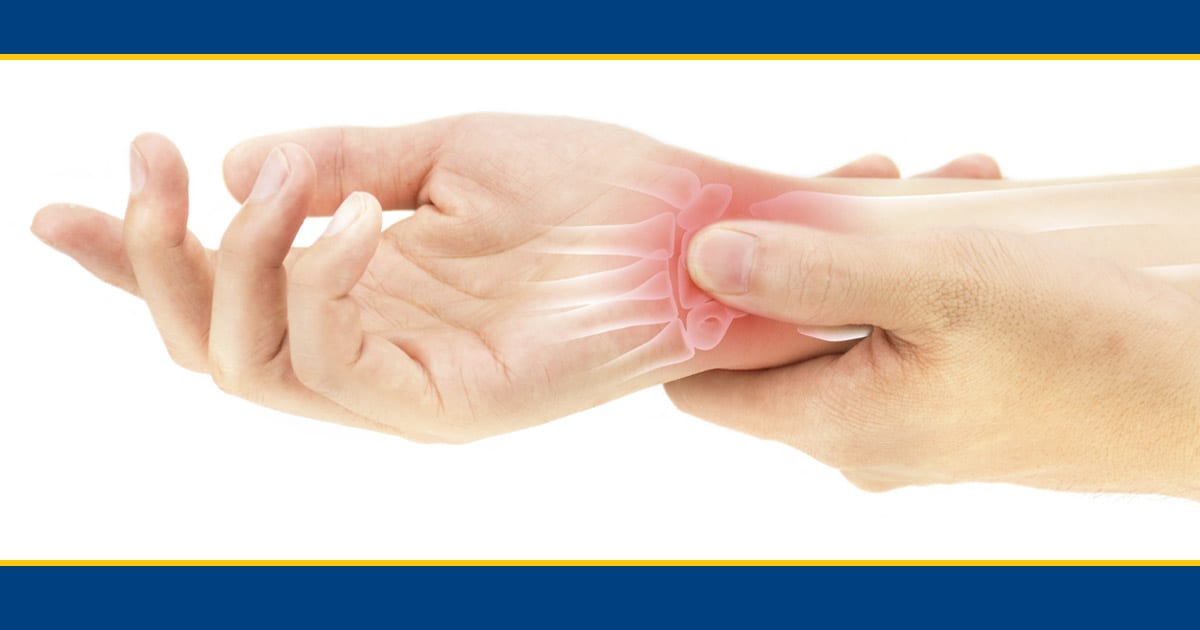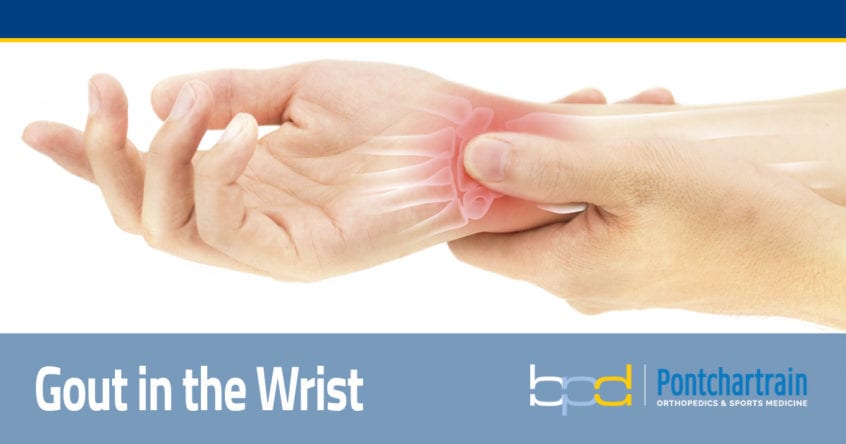What Causes Gout in the Wrist?
Gout in the wrist
alone is rare. Patients with this issue more typically have
polyarticular gout, with more than one joint impacted. Still, for those experiencing this form of arthritis, the wrist can become suddenly red, painful and swollen as their body produces too much uric acid. Typically, this acid is expelled in urine but if it builds up to abnormal levels, the acid can crystallize in the wrist and surrounding soft tissues like the tendons. An immune response then causes painful symptoms, often very suddenly. The inability to process this acid is genetic, but can be impacted by prescriptions designed to control high blood pressure (including diuretics and blood thinners) as well as cyclosporine, a drug prescribed for organ-transplant patients. Gout is also associated with diet, cholesterol, obesity, heart and kidney issues, as well as hypothyroidism and insulin resistance.
Understanding Gout In General
The following is a short video explaining gout in general.
How Is Gout in the Wrist Diagnosed?
Pain from gout in the wrist is often acute onset. This means you can just "wake up" with it one morning. It may initially last only a matter of days, but the problem can become episodic, returning over a period of months or years.
Symptoms can worsen with repeated episodes, so it’s important to begin treatment early. Doctors diagnose the condition through physical examination, X-rays and lab testing. Uric acid is not visible via X-ray, but changes to the wrist would be. Fluid might be removed with a needle, if needed to confirm a diagnosis. Health-care professionals will also request medical history and any current medications, since both could be contributing factors that lead to episodes of gout.
How Is Gout in the Wrist Treated?
Surgery isn’t generally required, except for those long-term sufferers who may have damage to the tendons and joints because of the build up of uric acid crystals. Gout in the wrist is instead typically treated with non-steroidal anti-inflammatories, or a targeted medication called colchicine. A doctor may also prescribe steroids, either in pill or shot form, to decrease swelling, redness and pain. Often, gout sufferers are encouraged to more regularly exercise, lose weight and consider dietary restrictions that limit options which raise uric-acid levels – including seafood, alcoholic beverages, red meat and fructose-rich drinks.
Treatment for gout in the wrist may require the assistance of a rheumatologist, a doctor that specializes in gout (as well as rheumatoid diseases) and placement on medicine to decrease the level of uric acid in the blood.


